Weekly Wastebasket
Adding to the Climate Tab
In 2023 taxpayers deserve a better policy response
Earlier this summer we released Paying the Price, documenting how taxpayers are being forced to foot an increasingly costly bill due to climate change. And we found taxpayer costs were 35 percent higher in the second half of the last decade compared to the first half. With wildfire smoke still in the air, drought in the Great Plains, hurricane season underway, and much of the Southern U.S. suffering from a crippling heat wave, it appears this year may be costly as well. Lawmakers need to ensure their response is tailored to need and helps taxpayers out of this cycle.
The final price tag for this year’s disasters is far from certain. After initially predicting a “near-normal” hurricane season, forecasters are now expecting warmer waters to make it busier than normal. Remember, while hurricane season starts June 1st, it’s August into the fall where the bulk of the activity happens. Drought has receded in much of the West, replaced by near-historic flooding in parts, but maintains its grip on much of the country. The world is experiencing the hottest temperatures on record and a “heat dome” has powered a heat wave in the Southern U.S. that has broken records and extended 100-plus-degree temperatures for 40 straight days in some places and doesn’t show signs of abating. FEMA has recorded 41 major disaster declarations, and the Secretary of Agriculture has designated nearly half the country as eligible for disaster assistance.
Some costs are already coming into focus. Federally subsidized crop insurance has paid over $19 billion in loss payments. FEMA’s Disaster Relief Fund (DRF) has incurred nearly $19 billion in obligations this calendar year and is expected to be fully exhausted by August—right when hurricane season heats up. The authorization for the federal flood insurance program expires at the end of the fiscal year and needs to be renewed. And despite the rain relief in the West, the wildfires in Canada remind us of that costly threat. And more is on the way.
Lawmakers have already started to discuss adopting an “emergency” supplemental spending bill in response to natural disasters. And while the DRF needs to be replenished before the start of fiscal year 2024 and there may be a need for some additional, unbudgeted disaster spending, many lawmakers are looking to hitch their spending desires to the bill. Even before the ink was dry on the debt ceiling deal lawmakers were demanding a supplemental bill to increase defense spending. Ag state lawmakers have started proposing additional spending even for farmers already receiving payments under crop insurance. And everything from $16 billion in child care subsidies, to additional assistance for Ukraine, to spending on the border has been proposed for a supplemental spending package. All this before a single of the dozen REGULAR appropriations bills has passed either chamber.
However 2023 turns out to be for natural disasters, it’s clear Washington needs to do a better job budgeting for these inevitabilities. We’ve long called for lawmakers to improve how we plan for disasters. Some of it is investing in mitigation—we know that a dollar spent mitigating flood damages saves six dollars in relief for example. But we also know that every year disasters will strike and will need greater and longer-term assistance than the immediate response funding of the DRF. Programs like the Community Development Block Grant – Disaster Recovery should be statutorily authorized, not stood up on an ad hoc basis to administer billions of dollars post-disaster. Assistance should be provided on a sliding scale to encourage states and localities to plan for inevitable disasters. Assistance should be provided to ensure that poor and marginalized communities and individuals have access to assistance that will help keep them out of harm’s way or rebuild if disaster strikes.
The increasing disaster intensity and volatility brought on by climate change make it clear that part of this disaster response needs to be increased focus on preparing for future disasters. Currently there is little follow through and oversight on post-disaster spending, response, and rebuilding to help inform policymakers to prepare and respond to future disasters more effectively. This has to change. After large scale disasters there should be a review to figure out what went right or wrong and how to improve in the future. Climate change is increasing the stakes, policymakers need to respond to make ours a more resilient country, not just physically, but also fiscally.

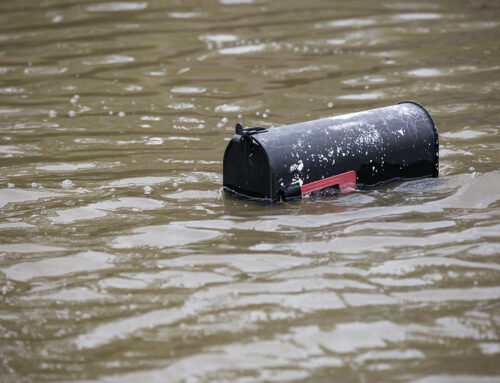

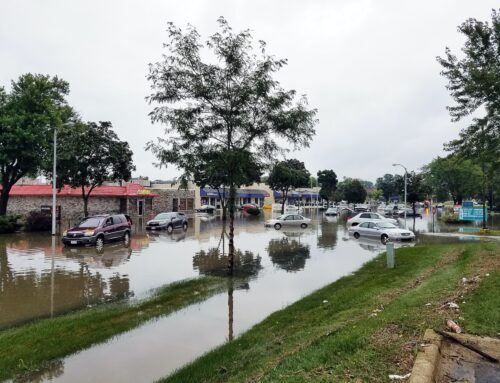

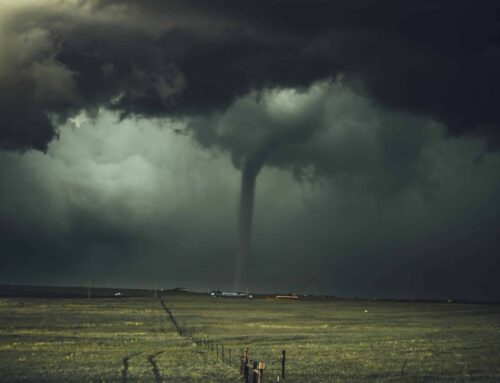
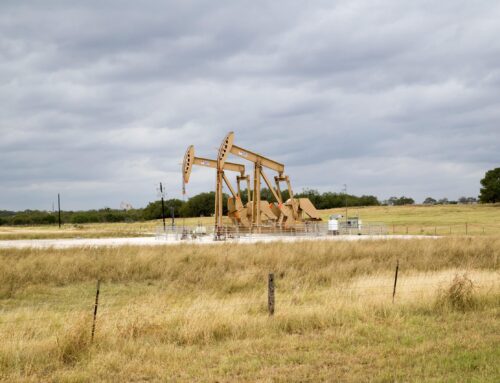









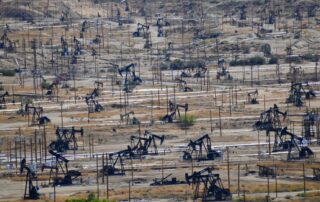

Get Social